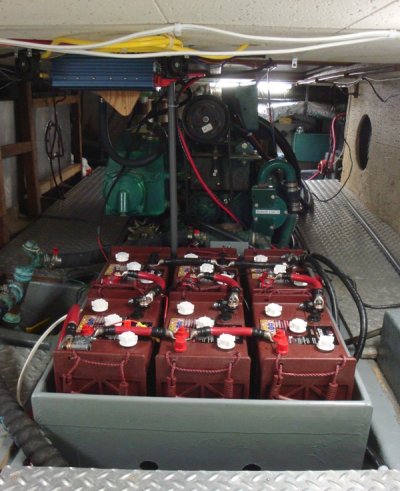psneeld
Guru
Here's something that may interest a few...from Trojan Batteries.
And before any tech wannabee's start talking hard points, etc....the life of a battery cable in m Ford F250 lives a much harder life than my trawler batteries.
The infrared shots really tell the story...well maybe not...would love to see many different crimps and terminal ends before I made any final judgements.
So have at it...another hornet's nest to dive into....
http://www.trojanbattery.com/pdf/WP_BatteryCableGuide_0512.pdf
mechanically crimped but also soldered to the cable’s end."
And before any tech wannabee's start talking hard points, etc....the life of a battery cable in m Ford F250 lives a much harder life than my trawler batteries.
The infrared shots really tell the story...well maybe not...would love to see many different crimps and terminal ends before I made any final judgements.
So have at it...another hornet's nest to dive into....
http://www.trojanbattery.com/pdf/WP_BatteryCableGuide_0512.pdf
"It is therefore highly recommended that connectors not only be
mechanically crimped but also soldered to the cable’s end."
Last edited:

 I know Trojan has been pushing the correct torque values but this is the first for using solder. Thanks.
I know Trojan has been pushing the correct torque values but this is the first for using solder. Thanks.





